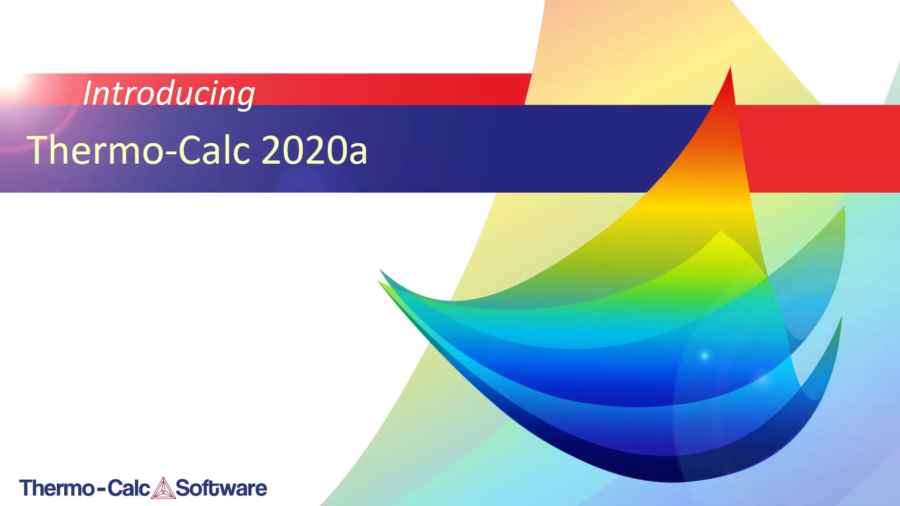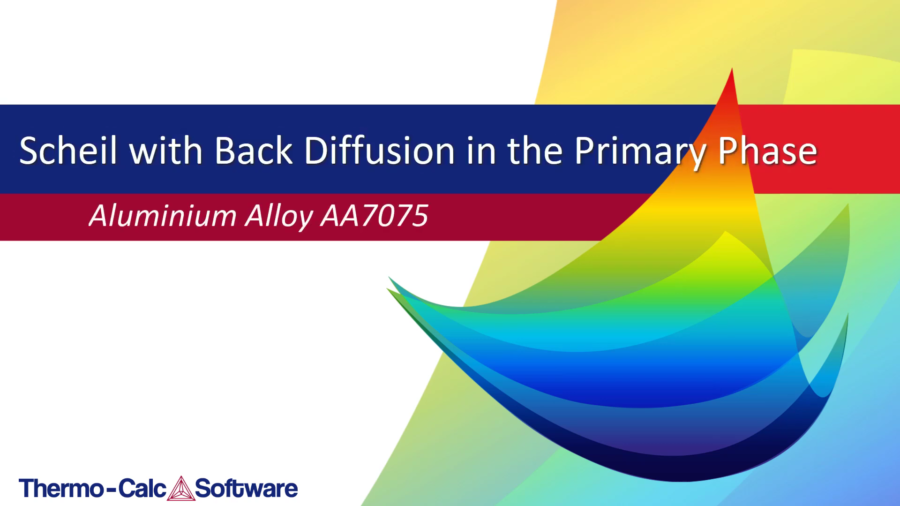Thermo-Calc 2020a is Released

New General Alloy Solutions Database
The general alloy solutions database, SSOL7, receives several improvements:
Scheil with Back Diffusion in the Primary Phase
The Scheil calculator now gives users the option to calculate back diffusion in the primary phase using diffusion data from a mobility database. It also takes into account the cooling rate and the secondary dendrite arm spacing. This new feature is available in the Graphical mode, Console mode and TC-Python.
A scheil solidification simulation of the aluminium alloy AA7075 comparing a classic scheil simulation (red line) with scheil with back diffusion simulations (blue and green lines) and to experimental data.

Other Additions to the Process Metallurgy Module
New General Model for Yield Strength
A new general model is added to the Property Model Calculator, the Yield Strength model.
This model considers four contributions to the overall yield stress of the material – intrinsic strength for the pure elements, grain boundary strength, solid solution strengthening and precipitation strengthening.
A user-set temperature is used for evaluating the equilibrium of the system and the resulting compositions and phase fractions are subsequently used in the evaluation of mechanical properties.
Three new examples are included with Thermo-Calc 2020a which show various applications of the new Yield Strength model: